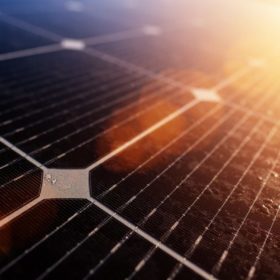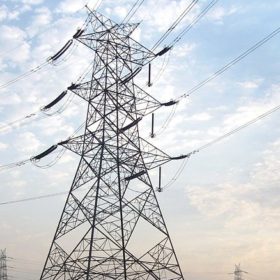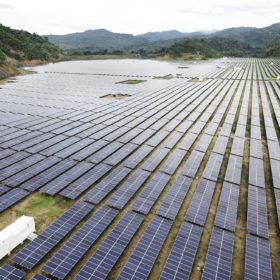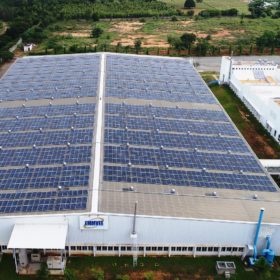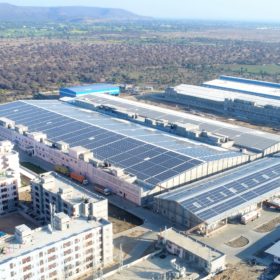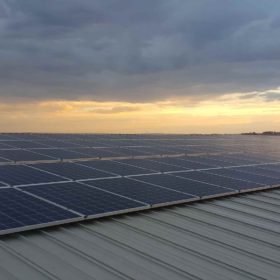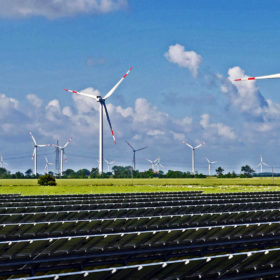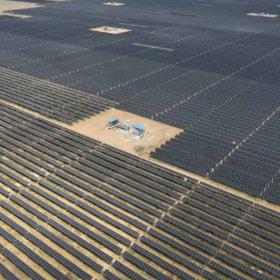NTPC 1.2 GW ISTS solar auction sees aggressive tariff of INR 2.43/kWh
Low solar tariff trends can be attributed to developers’ desperate attempt to take advantage of the current situation wherein only safeguard duty of 14.9% is applicable, according to JMK Research.
UK investor acquires two Acme Solar projects aggregating 400 MW
Private equity investor Actis has completed the acquisition of Haryana-based Acme Solar’s 400 MW PV assets in the states of Andhra Pradesh and Madhya Pradesh.
Early coal plant retirement first hurdle in reducing discom debt
The Indian power distribution sector needs bold policy choices such as the closure of old, inefficient coal-based power plants to improve its financial viability. Early retirement of expensive coal power contracts will result in significant savings for the states as they can contract cleaner, cheaper renewable power.
KFW offers Rs 600-crore loan for 125 MW Bengal solar park
The cash injection—for a 15-year term at 0.15% interest—will cover 80% of the overall solar project cost of Rs 750 crore.
BHEL seeks containerized PCUs for 20 MW NTPC solar plant in Gujarat
The scope of work for the successful bidder includes supply, installation, and commissioning of the supplied units at the project site. Bidding closes on August 17.
Karnataka opens tender for rooftop solar in Belagavi
Developers have until August 29 to submit bids for the installation of grid-connected rooftop solar plants on selected government buildings of Belagavi Smart City.
SunSource Energy commissions a 6 MW rooftop solar plant in Rajasthan
The project—based on Resco model—is developed for the Bhilwara industrial site of a textile company. It is spread across five rooftops covering 21,00,000 square feet and uses 20,000 solar modules of different types.
Strategies to prevent overvoltage-induced inverter disconnections
Australian scientists have identified seven methods to prevent PV losses when overvoltage-induced inverter disconnections occur. The methods include battery storage, reactive power inverters, export limits, distribution static synchronous compensators, the replacement of old conductors in power grids, load reconfiguration, and dynamic voltage restoration.
Europe will be our next stop – S&W solar interview
Having bagged large orders in the U.S. and Australia, Indian multinational engineering, procurement and construction (EPC) services provider Sterling and Wilson Solar is bidding for tenders in regions which have eased up business lines, Europe among them. Kannan Krishnan, S&W’s chief operations officer for solar in India and the South Asian Association for Regional Cooperation area, speaks to pv magazine about the impact of Covid-19 on the solar EPC business and the company’s expansion plans.
India will reach 125 GW renewable capacity by December 2022
A new report by ICRA says large-scale solar in the country will likely achieve the 60 GW target set by the Indian government. Rooftop solar and wind, however, will see a shortfall.
